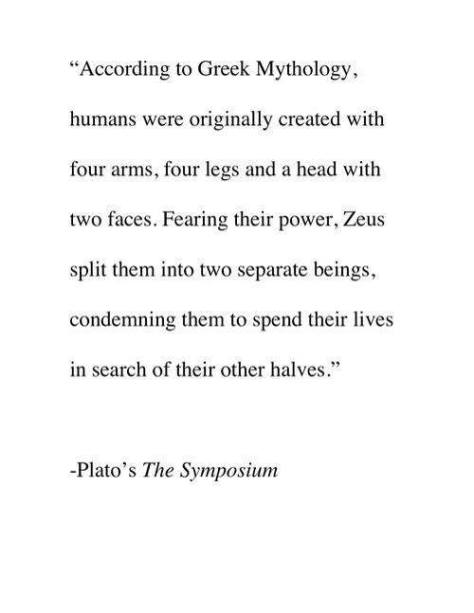Does the Big Bang breakthrough offer proof of God?
Opinion by Leslie A. Wickman, special to CNN
(CNN) The remarkable discovery, announced this week, of ripples in the space-time fabric of the universe rocked the world of science – and the world of religion.
Touted as evidence for inflation (a faster-than-the-speed-of-light expansion of our universe), the new discovery of traces of gravity waves affirms scientific concepts in the fields of cosmology, general relativity, and particle physics.
The new discovery also has significant implications for the Judeo-Christian worldview, offering strong support for biblical beliefs.
Here’s how.
The prevalent theory of cosmic origins prior to the Big Bang theory was the “Steady State,” which argued that the universe has always existed, without a beginning that necessitated a cause.
However, this new evidence strongly suggests that there was a beginning to our universe.
If the universe did indeed have a beginning, by the simple logic of cause and effect, there had to be an agent – separate and apart from the effect – that caused it.
That sounds a lot like Genesis 1:1 to me: “In the beginning God created the heavens and the Earth.”
So this latest discovery is good news for us believers, as it adds scientific support to the idea that the universe was caused – or created – by something or someone outside it and not dependent on it.
MORE ON CNN: Big Bang breakthrough announced; gravitational waves detected
Atheist-turned-agnostic astronomer Fred Hoyle, who coined the term “Big Bang,” famously stated, “A common sense interpretation of the facts suggests that a superintellect has monkeyed with physics.”
As Hoyle saw it, the Big Bang was not a chaotic explosion, but rather a very highly ordered event – one that could not have occurred by random chance.
We also need to remember that God reveals himself both through scripture and creation. The challenge is in seeing how they fit together. A better understanding of each can inform our understanding of the other.
It’s not just about cracking open the Bible and reading whatever we find there from a 21st-century American perspective. We have to study the context, the culture, the genre, the authorship and the original audience to understand the intent.
The creation message in Genesis tells us that God created a special place for humans to live and thrive and be in communion with him; that God wants a relationship with us, and makes provisions for us to have fellowship with him, even after we turn away from him.
So, we know that Genesis was never intended to be a detailed scientific handbook, describing how God created the universe. It imparts a theological, not a scientific, message.
(Imagine how confusing messages about gravity waves and dark matter might be to ancient Hebrew readers.)
As a modern believer and a scientist, when I look up at the sky on a clear starry night, I am reminded that “the heavens declare the glory of God” (Psalm 19:1). I am in awe of the complexity of the physical world, and how all of its pieces fit together so perfectly and synergistically.
In the Old Testament book of Jeremiah, the writer tells us that God “established (his) covenant with day and night, and with the fixed laws of heaven and earth.”
These physical laws established by God to govern interactions between matter and energy result in a finely tuned universe that provides the ideal conditions for life on our planet.
As we observe the complexity of the cosmos, from subatomic particles to dark matter and dark energy, we quickly conclude that there must be a more satisfying explanation than random chance. Properly practiced, science can be an act of worship in looking at God’s revelation of himself in nature.
If God is truly the creator, then he will reveal himself through what he’s created, and science is a tool we can use to uncover those wonders.
Leslie Wickman is director of the Center for Research in Science at Azusa Pacific University. Wickman has also been an engineer for Lockheed Martin Missiles & Space, where she worked on NASA’s Hubble Space Telescope and International Space Station programs. The views expressed in this column belong to Wickman.
| The Editors – CNN Belief Blog |






